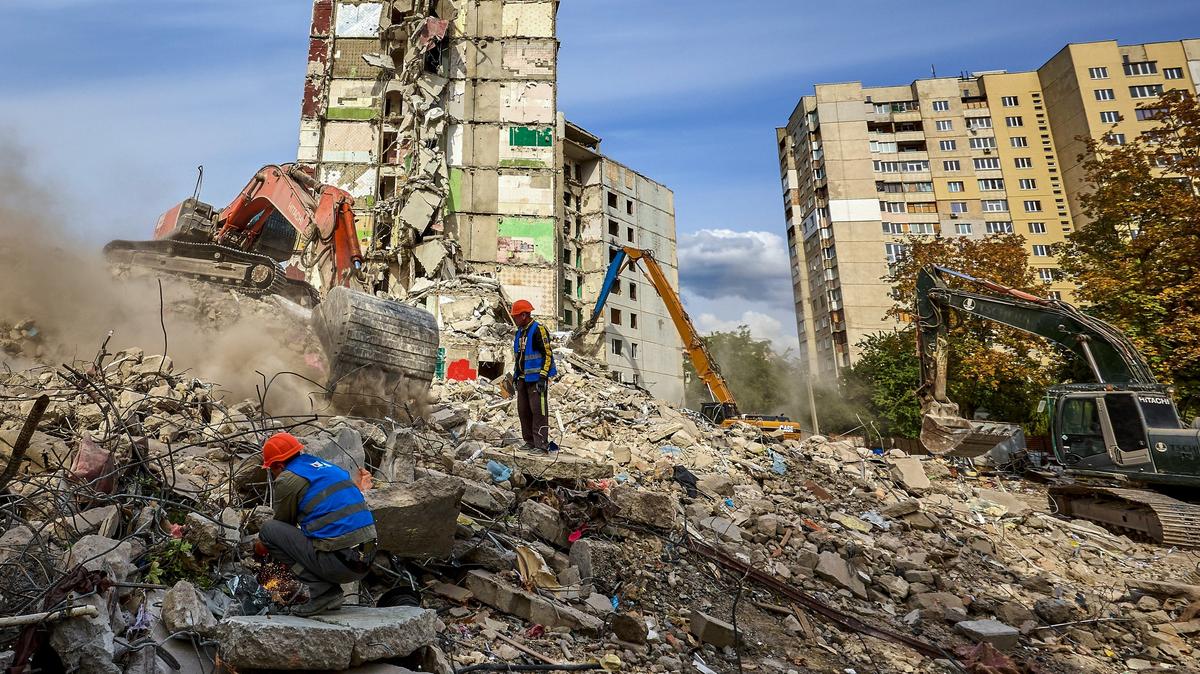Rarely do Western political leaders impress us with decisive resolve in the face of geopolitical problems. More often, their response is to express deep concern without mustering the courage to intervene and minimise their costs.
But there have been exceptions. On a few occasions in modern history, Western leaders truly proved equal to the moment. One example was in March 2022, when Western governments intervened decisively to immobilise most Russian sovereign assets (RSAs) held outside Russia. An estimated €260 billion was frozen, with the bulk of it in the European Union, primarily in Belgium. Those funds have remained frozen in all affected countries, and thanks to bipartisan congressional leadership in the United States, the president is authorised to seize, confiscate, and transfer all Russian sovereign assets within US jurisdiction to aid Ukraine.
Western leaders impressed us again at the G7 Leaders’ Summit in June 2024, when they agreed to provide a $50 billion Extraordinary Revenue Acceleration (ERA) loan, backed by the revenue generated by the frozen Russian assets. This breakthrough involved a series of national commitments and guarantees, not least from the US, which helped spearhead the effort.
Today, most of the ERA funds have been disbursed to Ukraine, which has used them to support an economy devastated by the exogenous shock of Russian aggression. As of early October, they constituted the country’s third-largest source of external financing, behind only the EU and the US. But despite these efforts, the war rages on, and Ukraine urgently needs tens of billions of dollars more to defend against relentless Russian attacks, and to underwrite its economic survival.
The frozen Russian assets can support Ukraine’s military and economic needs, even without full legal confiscation.
Back in 2022, Ukrainian President Volodymyr Zelensky suggested that the war carried echoes of the Manichean struggle depicted in Star Wars. Ultimately, he declared, “the light will win over darkness”. Fast forward to September, and US President Donald Trump seemed to agree that with the support of Europe, the Ukrainians can indeed “fight and win all of Ukraine back in its original form”.
Yet Ukraine cannot achieve this victory without immediate, large-scale financial assistance from its Western allies. As Chrystia Freeland, Canada’s former deputy prime minister and current representative for Ukrainian reconstruction, recently argued, the West “need[s] to work with Ukraine today, to support it and its war economy, and to lay the foundations for its future prosperity”.
So, Western leaders again have an opportunity to act decisively. The frozen Russian assets can support Ukraine’s military and economic needs, even without full legal confiscation. In fact, the first steps in this direction have already been taken. In her State of Europe address last month, European Commission President Ursula von der Leyen called for the immobilised cash — approximately €170 billion — to be made immediately available to Ukraine through a reparations loan, in conjunction with the country’s next International Monetary Fund programme.
A reparations loan drawing on frozen Russian funds is the right choice morally, financially, and legally. It is also good politics.
German Chancellor Friedrich Merz also recently voiced support for a similar approach, proposing “an interest-free loan” secured by the frozen Russian assets, to “be repaid only once Russia has compensated Ukraine for the damage it has caused during this war”. These newly mobilised funds, he stressed, would be sufficient to “secure Ukraine’s defence capabilities for several years”.
Moreover, European Council President António Costa, High Representative Kaja Kallas, and Finnish Prime Minister Petteri Orpo have all endorsed this idea in the name of defending international law and norms. And during their recent virtual meeting in Ottawa, the G7 ministers of finance declared that they are ready to develop “a wide range of options to address Ukraine’s financing needs and to ensure that Russia cannot wait it out. Amongst others, these measures include using, in a coordinated way, the full value of the RSAs immobilised in our jurisdictions”.
Our advice to Western leaders is to seize the moment and follow through. They can impress us once more by making a “concrete decision” at the European Council meeting in December. A reparations loan drawing on frozen Russian funds is the right choice morally, financially, and legally. It is also good politics. Today’s Western leaders can meet this moment in history, just as the victorious Allied leaders did in the last century.
Vladyslav Rashkovan is an alternate executive director at the International Monetary Fund. Greg Wilson is a former deputy assistant secretary at the United States Treasury Department (1986-89).
This article was first published by Project Syndicate. Views expressed in opinion pieces do not necessarily reflect the position of Novaya Gazeta Europe.

